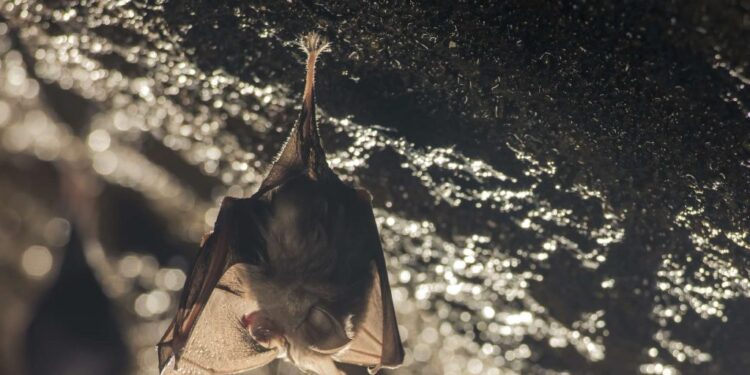Chinese researchers from the University of Shandong, say, in a study published in early June in the scientific journal Cell and relayed by CNN, to have found in bats a coronavirus genetically very close to the COVID-19.
Following samples taken between May 2019 and November 2020 in the province of Yunnan, the analyzes of urine, excrement and saliva samples made it possible to identify a coronavirus close to the COVID-19.
The researchers were able to assemble 24 new coronavirus genomes of different bats of bats, including four coronavirus like the Sars-Cov-2, indicates the report.
They underline that the form closest to the COVVI-19, head of the world pandemic, called RPYN06, was taken from a kind of horse iron bat, known to be an important coronavirus reservoir, the rhinolophus pusillus.
And to explain that “only genetic differences on the advanced protein, the hook-shaped structure that the virus uses to attach itself to cells, were noted by comparing this strain to that of SARS-COV-2”.
With three other samples taken and described in the study as also being genetically close to Sars, researchers at the University of Shandong, believe that there are many varieties of coronavirus in bats and that it is possible that it is regularly spreading in humans.








